Laboratory and field partner collaborations in Ethiopia key to evaluation of performance of UDDTs
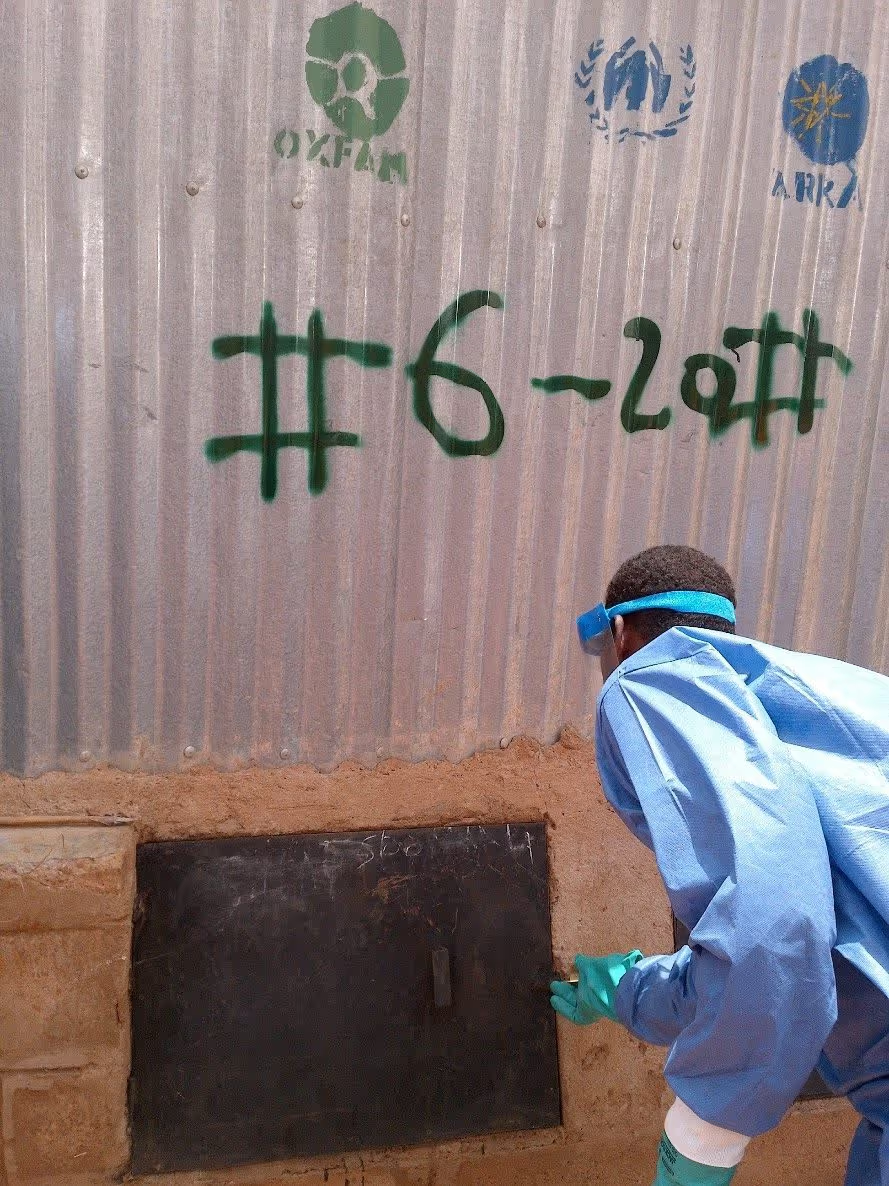
We are studying the safety of these UDDTs in terms of their ability to facilitate microbial inactivation of stored feces. The principal design features of these UDDTs are an alternating, double vault system and urine diversion, which allows feces to be stored in one vault (while the other vault is in-use) over a period of time during which natural desiccation occurs. Additionally, additives such as ash, which raise the pH, can also contribute to the microbiological inactivation process.
We conducted baseline investigations of a sample of the UDDTs in July 2014 and March 2015. Following standardized procedures, our partners from UNHCR and NRC collected samples of both stored and fresh waste, which were subsequently analyzed for key microbial and environmental parameters including E.coli levels, Ascaris ova, pH, moisture content and temperature. Taking into account the results of these two investigations in 2014 and 2015, a new study protocol was developed to account for the lack of existing Ascaris in the UDDTs.
;We are studying the safety of these UDDTs in terms of their ability to facilitate microbial inactivation of stored feces. The principal design features of these UDDTs are an alternating, double vault system and urine diversion, which allows feces to be stored in one vault (while the other vault is in-use) over a period of time during which natural desiccation occurs. Additionally, additives such as ash, which raise the pH, can also contribute to the microbiological inactivation process.
We conducted baseline investigations of a sample of the UDDTs in July 2014 and March 2015. Following standardized procedures, our partners from UNHCR and NRC collected samples of both stored and fresh waste, which were subsequently analyzed for key microbial and environmental parameters including E.coli levels, Ascaris ova, pH, moisture content and temperature. Taking into account the results of these two investigations in 2014 and 2015, a new study protocol was developed to account for the lack of existing Ascaris in the UDDTs.
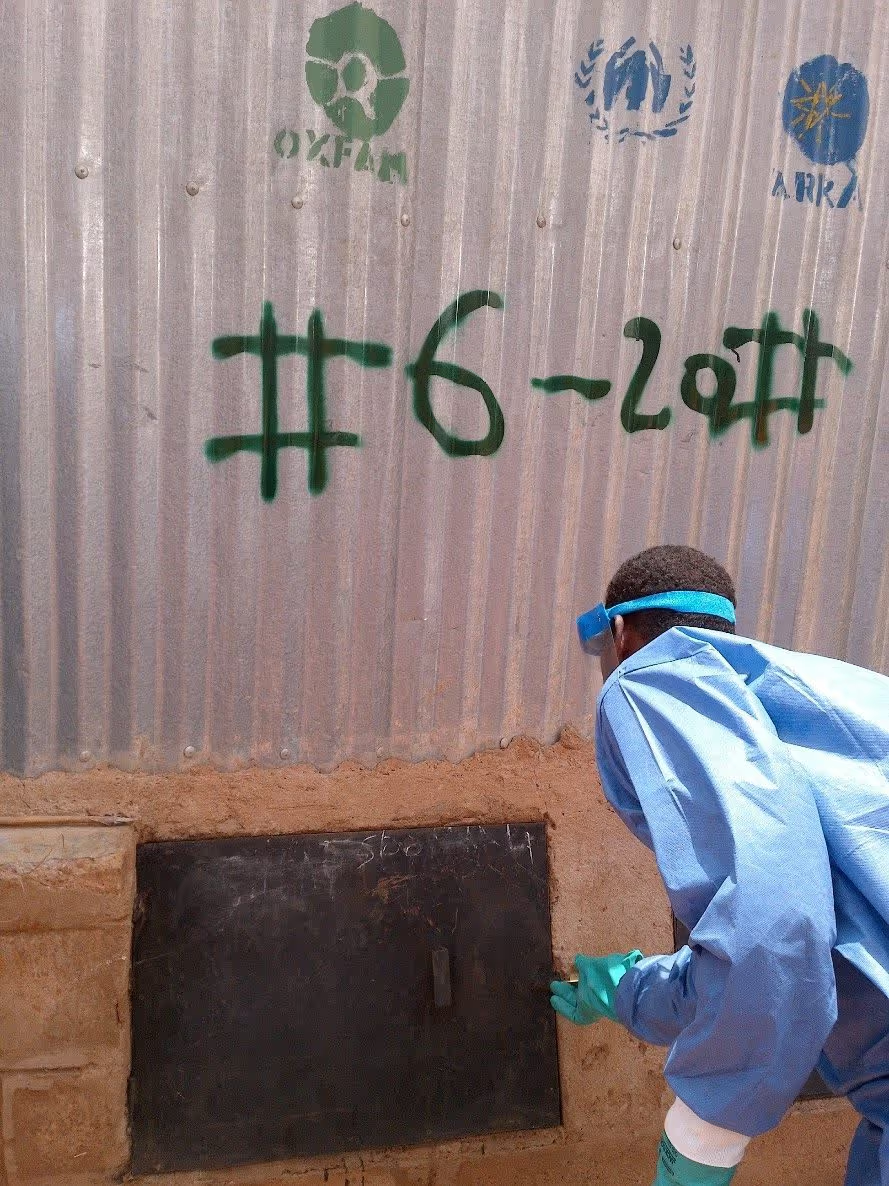
We seeded a small number of the UDDTs with enclosed, nylon-mesh “Ascaris bags,” where a known number of Ascaris eggs were mixed into the waste. We also embedded “indicator bags,” of UDDT waste to the same UDDTs to test for the other parameters. We added 4 bags to each UDDT to allow sampling after 0, 6, 9, and 12-months of storage within UDDTs.
Given the complexity of the methods, we had to develop strong collaborations with in-country field partners and laboratories. In addition to the great work of the NRC and UNHCR field teams, we currently have several strong collaborating laboratories. These laboratories include;
- microbiology laboratory at Arba Minch University and Dr. Fantahun,
- South Agricultural Research Institute in Hawassa
- Bacteriology laboratory at the Ethiopian Public Health Institute (EPHI) in Addis Ababa.
These collaborations have been essential to the project, and they have also fostered interest in the role of
UDDTs in Ethiopia and the capacity of local laboratories to conduct similar safety and performance studies. Student researchers at Arba Minch University have assisted with the laboratory analyses, gaining hands-on experience in these methods, and faculty have played a critical role in import and export of samples between the US and Ethiopia. In June 2016 project team members from CDC led a training on laboratory methods at the EPHI during the 9-month sampling investigation. A follow-up training is planned for the final sampling trip in September, and we look forward to bringing together all our laboratory collaborators for dissemination activities in November 2016. As UDDTs are currently being implemented elsewhere in Ethiopia, these laboratories will be critical to future safety studies in other parts of the country.
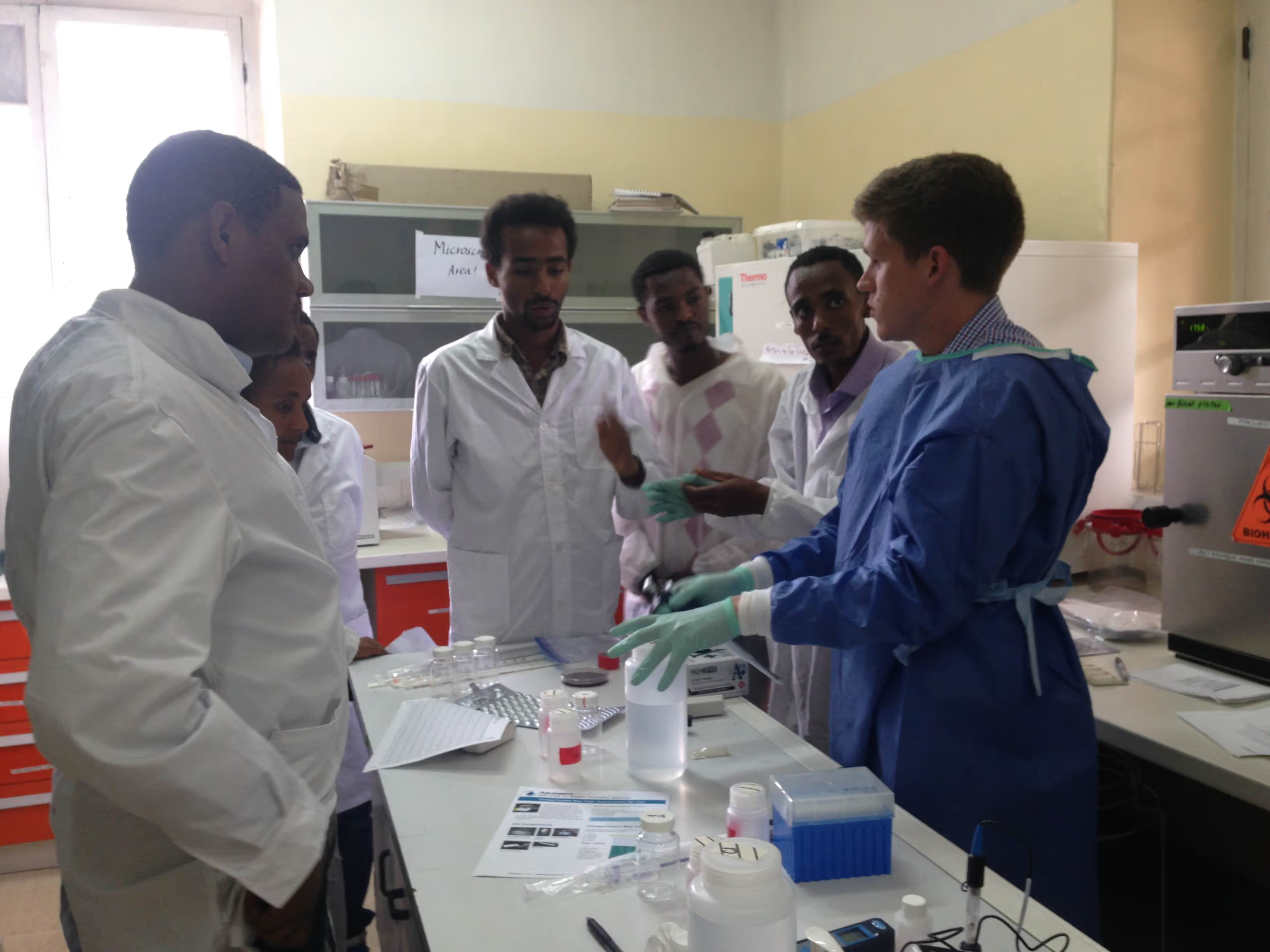
Stay updated
Sign up for our newsletter to receive regular updates on resources, news, and insights like this. Don’t miss out on important information that can help you stay informed and engaged.
Related articles
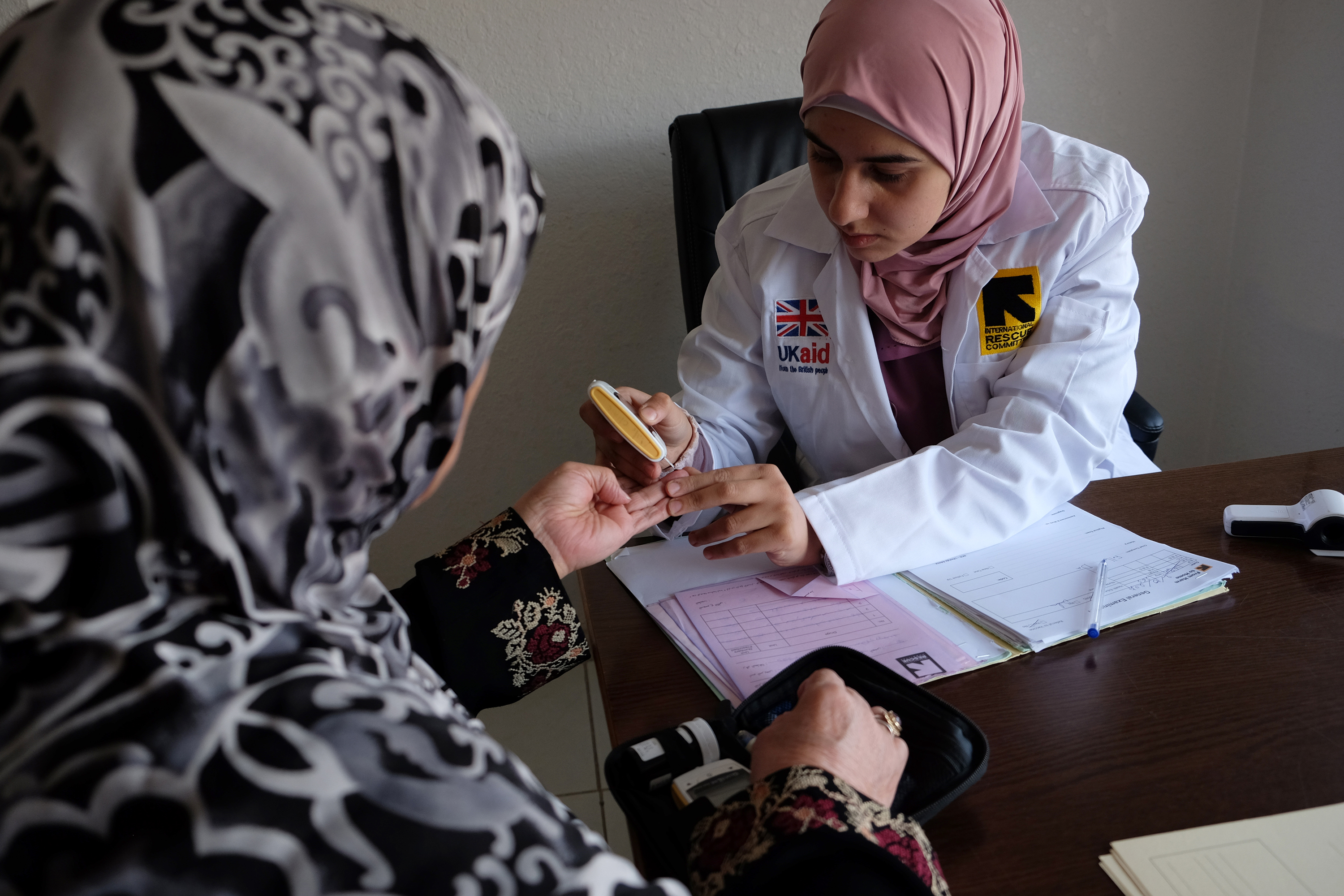
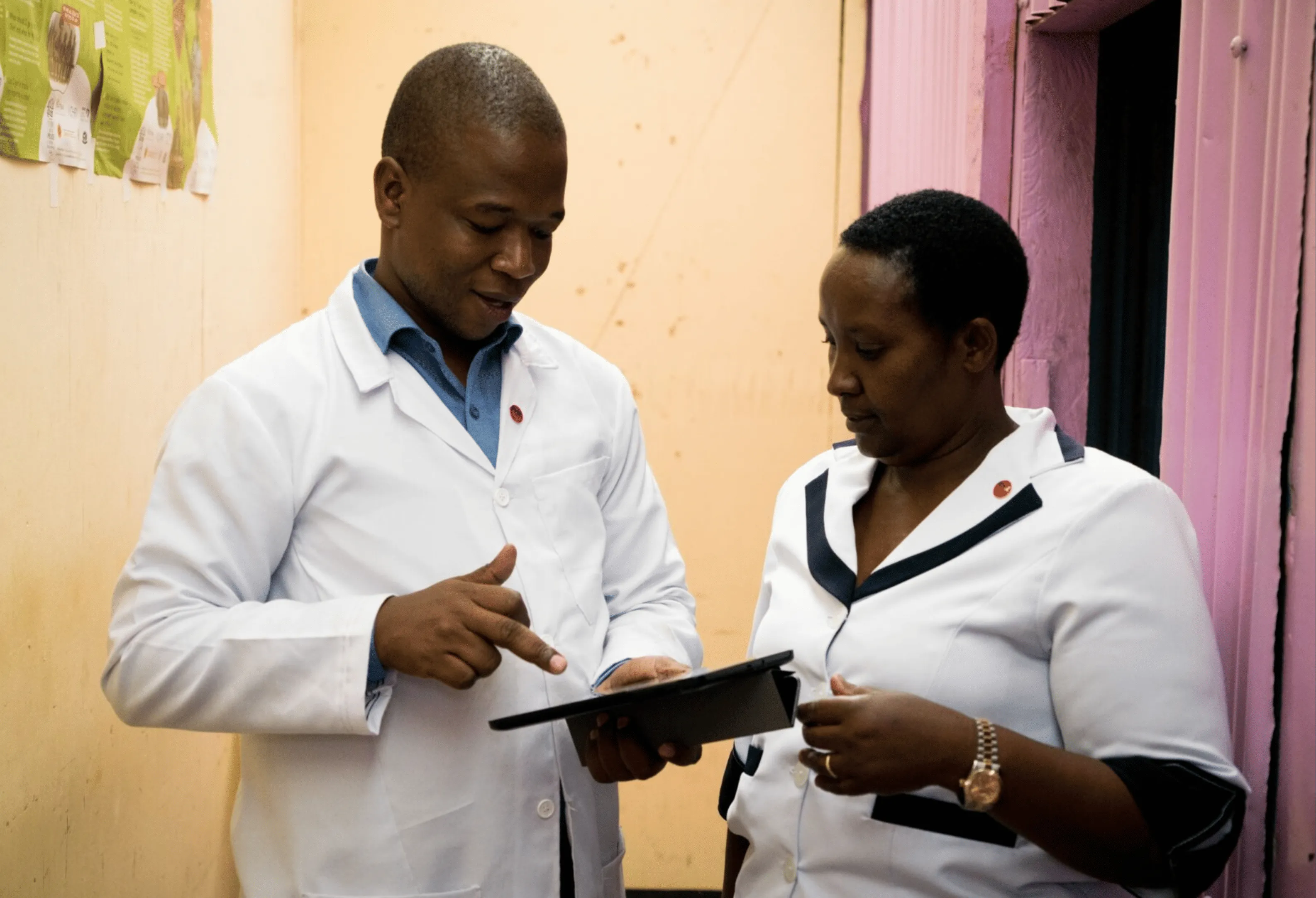
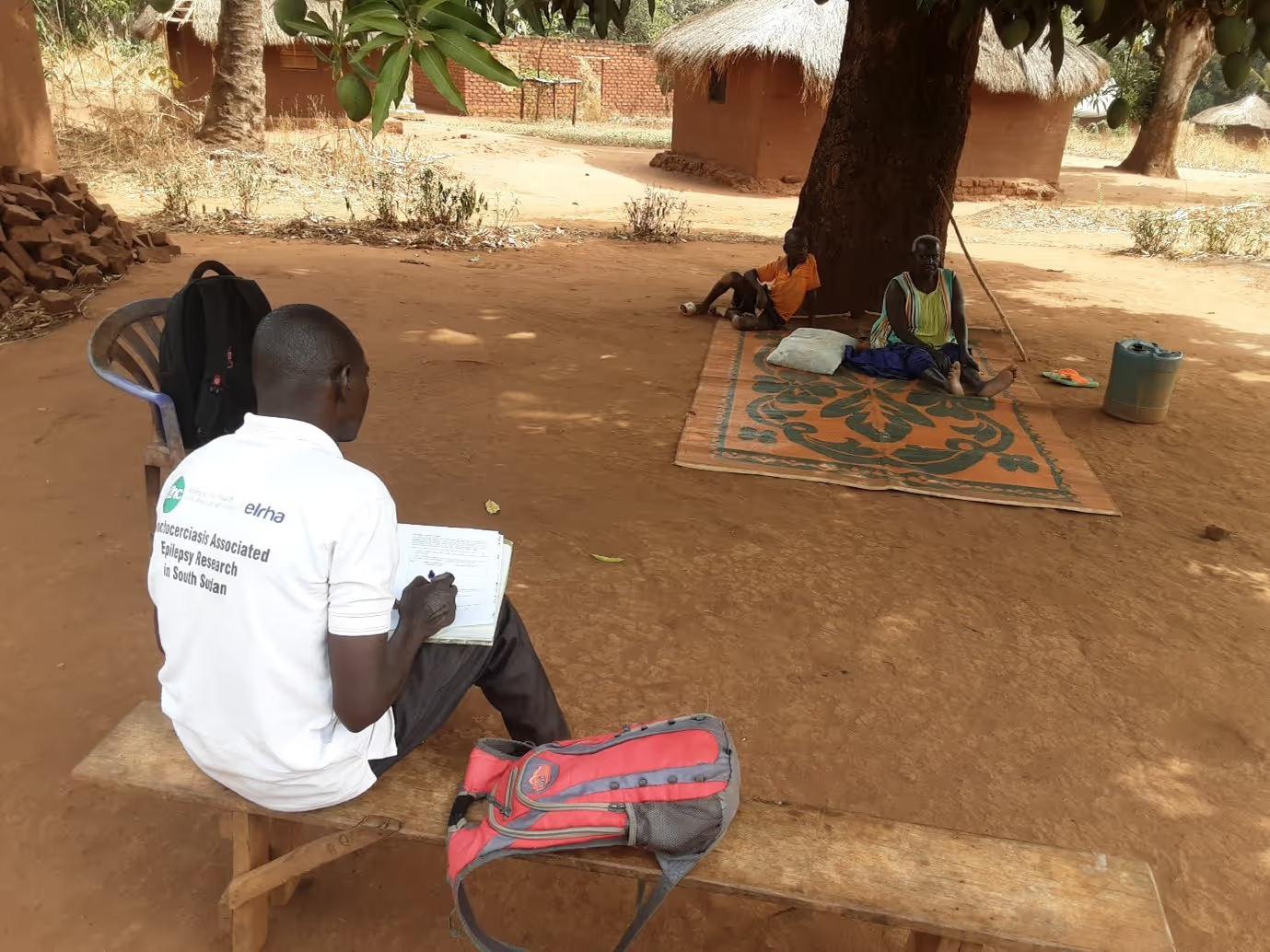
Explore Elrha
Learn more about our mission, the organisations we support, and the resources we provide to drive research and innovation in humanitarian response.